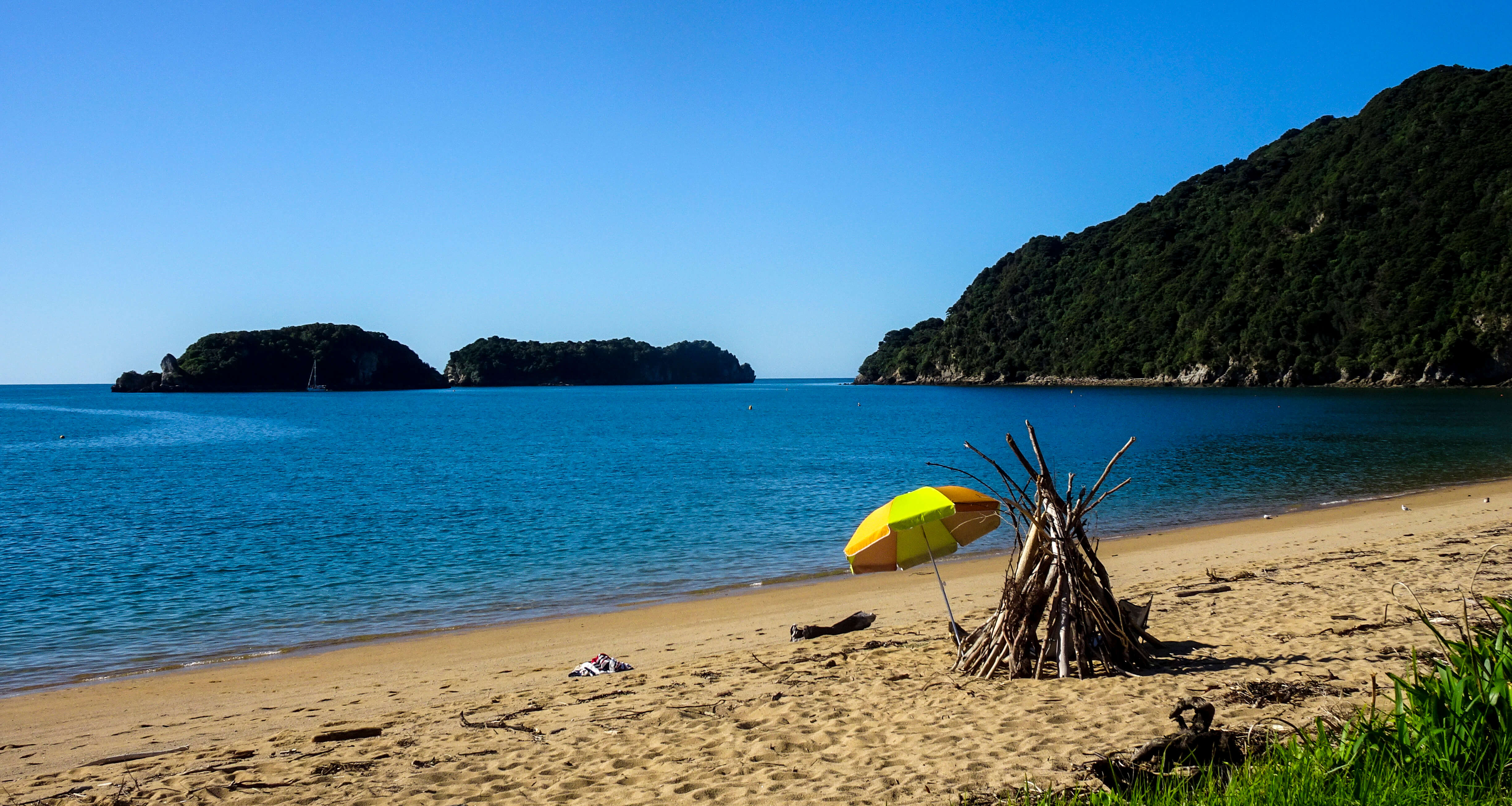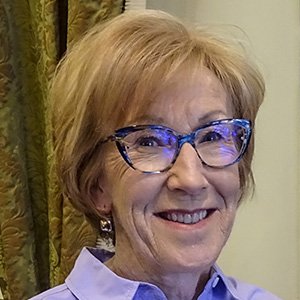
28 Jun 2022
Transitioning towards a better brighter future
We must not allow other people’s limited perceptions to define us. – Virginia Satir
When we least expect it, we get sideswiped by events and experiences that rock us to the core, shaking our identity and our connection to others.
Sometimes changes cascade into one another creating a multiplier ‘lifequake’ effect.
It’s easy to say ‘One door closes and another opens’. Just like that. Or maybe not.
Our lives no longer follow predictable patterns. Now, more than ever, we need better ways of handling upheaval and disruptions.
There is a difference between change and transition. Change is an external situation or event we find ourselves in, whereas transition is an internal process we go through to adapt to the change.
Successful transitions are made up of three stages – an ending (of where we have come from), a neutral (messy middle) phase and a new beginning.
Transitions can emerge from relationship changes; role and responsibility changes at work and at home; physical changes; and location changes. The experiences are different for each individual. Faced with different circumstances and different tendencies, we make different choices and move at our own pace.
Transitions help us come to terms with external changes, so our hearts and minds can do the inner work to prepare for the next stages of our lives. We reveal our true purpose by going inside – getting to know what we stand for, what we won’t stand for and who stands with us.
Holding space for change - to reflect and reset - is a critical part of transitions.
This messy middle phase helps us come to terms with what has happened, and to express our feelings rather than pushing them aside. Others around us may also be impacted by the changes. We gain strength by supporting one another.
The neutral phase is a time for deeper reflection, to clarify what is important, to identify our strengths and limitations. This phase enables us to reflect on our values, rediscovering who we are and reimagining what we are here to do.
It takes time to change aspects of who we are, and even longer for others to appreciate that we have changed. During this time, others come around to seeing us in a new light.
Transitions help us break away from social conditioning to follow our own unique path. We can choose between a fixed mindset and a growth mindset. Letting go of attitudes and identities that no longer reflect who we are (or who we want to be) is not easy.
Having an adventurous spirit and going on challenging adventures build resilience for successfully navigating through big changes and transitions in work and life.
When we try new things in different situations we learn more about ourselves – what we are drawn towards and how we recover from setbacks.
With midlife transitions we don’t always have a compass, or a convenient map with directions to guide us.
Reimagining living longer healthier lives opens up alternatives for a new beginning - choosing to grow whole, not just old. When we look inside, we connect with the core of who we are and awaken new possibilities.
Instead of a destination, the path of purposeful ageing is a journey.
Making transitions in midlife…
Midlife can be an exciting new adventure as we re-evaluate what is most important and what we are here to do.
Sometimes we feel stuck in a situation that is no longer working. Being patient and taking time to reflect on, and experiment with, different possibilities can help us find a way through.
There can be social pressure to maintain the status quo and fit in with the expectations of those around us. And yet, this is the perfect time to adopt a growth mindset, to adapt to our changing needs and rediscover our authentic selves.
We can embrace having more freedom to choose how we want to be, and who we want to be around. Our conversations become more authentic and meaningful.
Here are some questions to reflect on for transitions in midlife and beyond:
- What stage of transition am I at – an ending, a neutral phase or a new beginning?
- What do I love doing or want to learn more about?
- When do I feel most useful and valued?
- How can I grow whole as I grow old?
- Who can support me on this journey?
- What am I willing to give up to move towards a better brighter future?
Adapted from my book: Going AWOL – Inspiration and Insights from Adventurous Women On the Loose
Further reading:
William Bridges, Transitions: Making Sense of Life’s Changes
Bruce Feiler, Life Is in the Transitions: Mastering Change at Any Age
